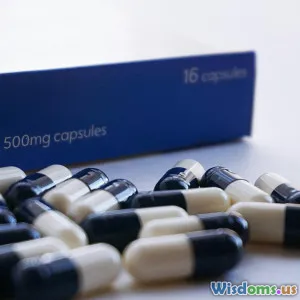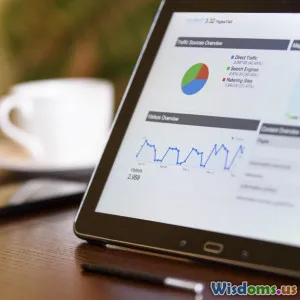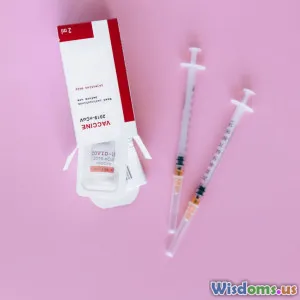
Can Global Vaccine Distribution Be More Equitable This Decade
17 min read Explore strategies and challenges for achieving more equitable global vaccine distribution by 2030. (0 Reviews)
Can Global Vaccine Distribution Be More Equitable This Decade?
The COVID-19 pandemic laid bare deep disparities in the global distribution of vaccines. As some countries received shipments of precious doses early and in abundance, others waited months—sometimes years—for even limited access. This challenge is not confined to COVID-19; similar patterns emergence with nearly every major vaccine rollout in recent history. As we move further into this decade, a critical challenge faces the world: how can we make vaccine distribution truly equitable on a global scale? Let’s explore practical steps, challenges, and emerging solutions that can reshape this landscape.
The Historical Divide in Vaccine Access
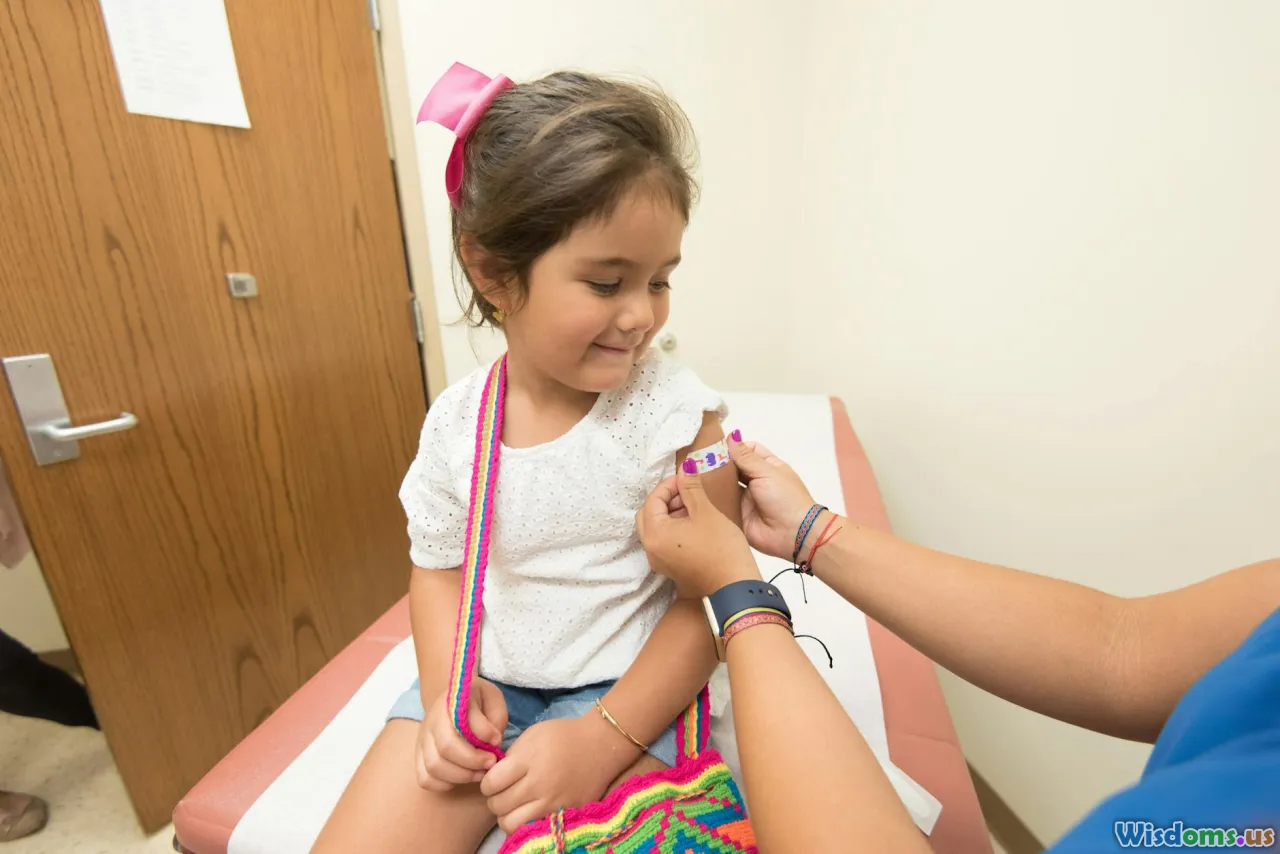
Throughout history, there’s been a stark divide in vaccine availability between wealthier nations and those with fewer resources. For example, in the early years of the polio vaccine, most doses went to North America and Western Europe, while outbreaks raged on elsewhere. Today, similar dynamics persist—12 low-income countries, especially in sub-Saharan Africa, still reported wild poliovirus cases decades after its elimination in the West.
The measles vaccine rollout in the 1960s and 1970s faced comparable hurdles. Distribution gaps often stemmed from logistical issues: lack of cold chain infrastructure, insufficient healthcare workers, or regulatory bottlenecks. However, vaccine hesitancy, local politics, and inconsistent funding also played roles, particularly in resource-constrained environments.
Concrete Example:
- In 2009, during the H1N1 influenza pandemic, high-income nations placed advance orders and monopolized initial supplies, while some developing nations waited months for shipments. Lessons from this episode unfortunately previewed dynamics observed during the early COVID-19 vaccine rollout.
Lessons from COVID-19: Where the System Broke Down
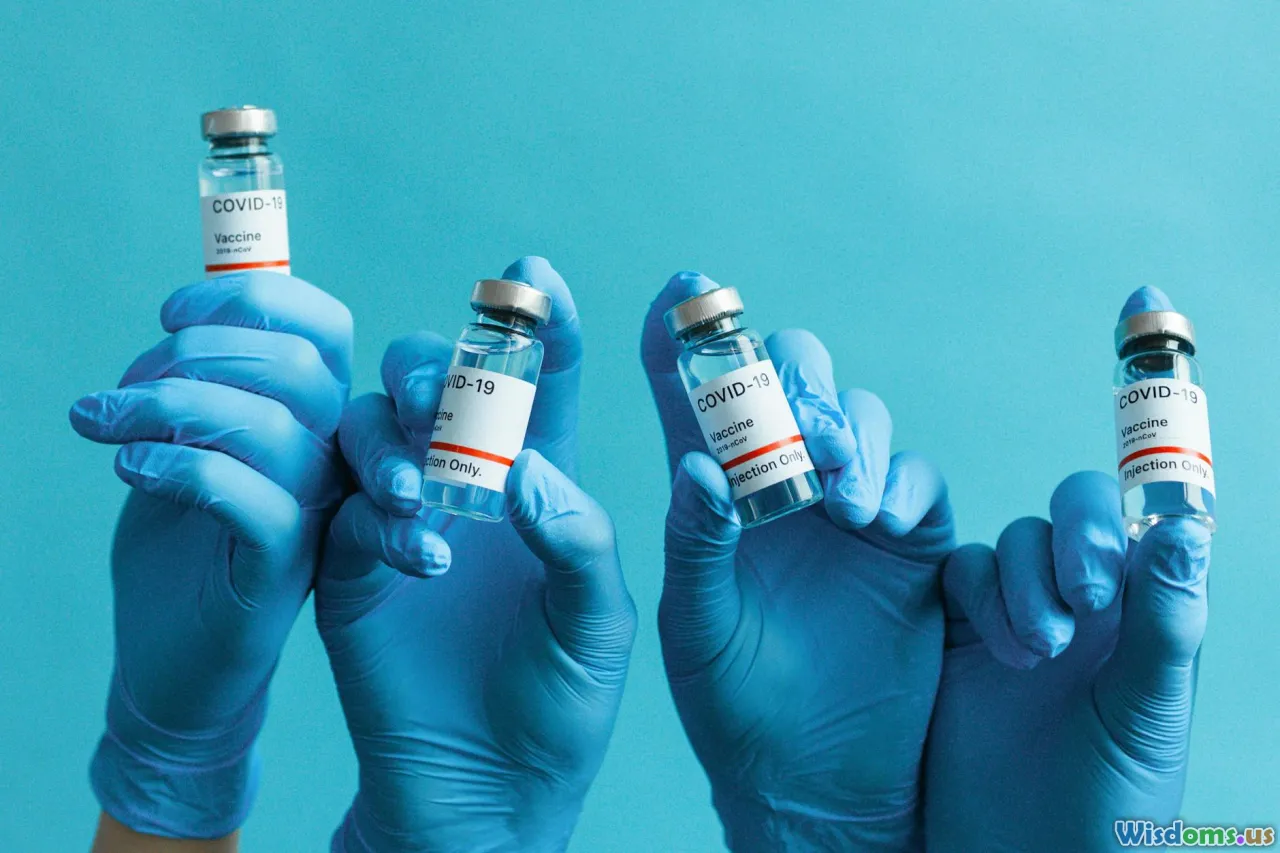
No modern event highlighted vaccine inequity as starkly as COVID-19. While countries like the United States and United Kingdom vaccinated populations rapidly, nations such as Burundi and Haiti had vaccinated less than 1% months after the first doses were administered elsewhere.
Key Challenges Exposed:
- Vaccine Nationalism: Many nations prioritized domestic needs, amassing surpluses and limiting exports. As a result, at the end of 2021, just 11% of people in Africa had received at least one COVID-19 vaccine dose compared to over 70% in high-income regions.
- Intellectual Property Roadblocks: Pharmaceutical giants retained patent protection on mRNA and other technologies. Despite calls for a temporary waiver at the World Trade Organization, most advanced economies resisted, limiting the possibility of distributed manufacturing.
- Logistics and Cold Chain Gaps: Some of the first approved vaccines (like Pfizer-BioNTech’s) required ultra-cold storage, making distribution in rural or infrastructure-poor settings especially difficult.
- Donation Delays: Many promised surplus doses arrived late to recipient countries. For example, millions of COVAX-funded doses reached Africa close to expiration, leading to wastage or rushed campaigns that strained health workers.
COVAX and Other Initiatives: Progress and Pitfalls

In response to COVID-19, the World Health Organization, GAVI, and the Coalition for Epidemic Preparedness Innovations (CEPI) formed COVAX, a multilateral vaccine-sharing initiative designed to guarantee access for all countries, regardless of wealth.
COVAX aimed to provide two billion doses by the end of 2021. Despite its promise, significant challenges arose:
Strengths:
- Pooled procurement meant prices were somewhat moderated, and some low and middle-income countries received doses faster than they otherwise might have.
- Partnerships with UNICEF and local authorities improved on-the-ground logistics.
Limitations:
- Reliance on donations and unpredictable supply threatened consistency.
- High-income nations often prioritized bilateral deals with manufacturers, resulting in reduced COVAX allocations.
- COVAX lacked legal authority to compel participation or prioritize need over ability to pay.
Concrete Outcomes:
- As of June 2023, COVAX delivered over 1.85 billion doses to 146 countries. Despite this, many low-income countries achieved less than 30% adult vaccination, compared with over 80% in richer nations.
Manufacturing Bottlenecks and Innovations
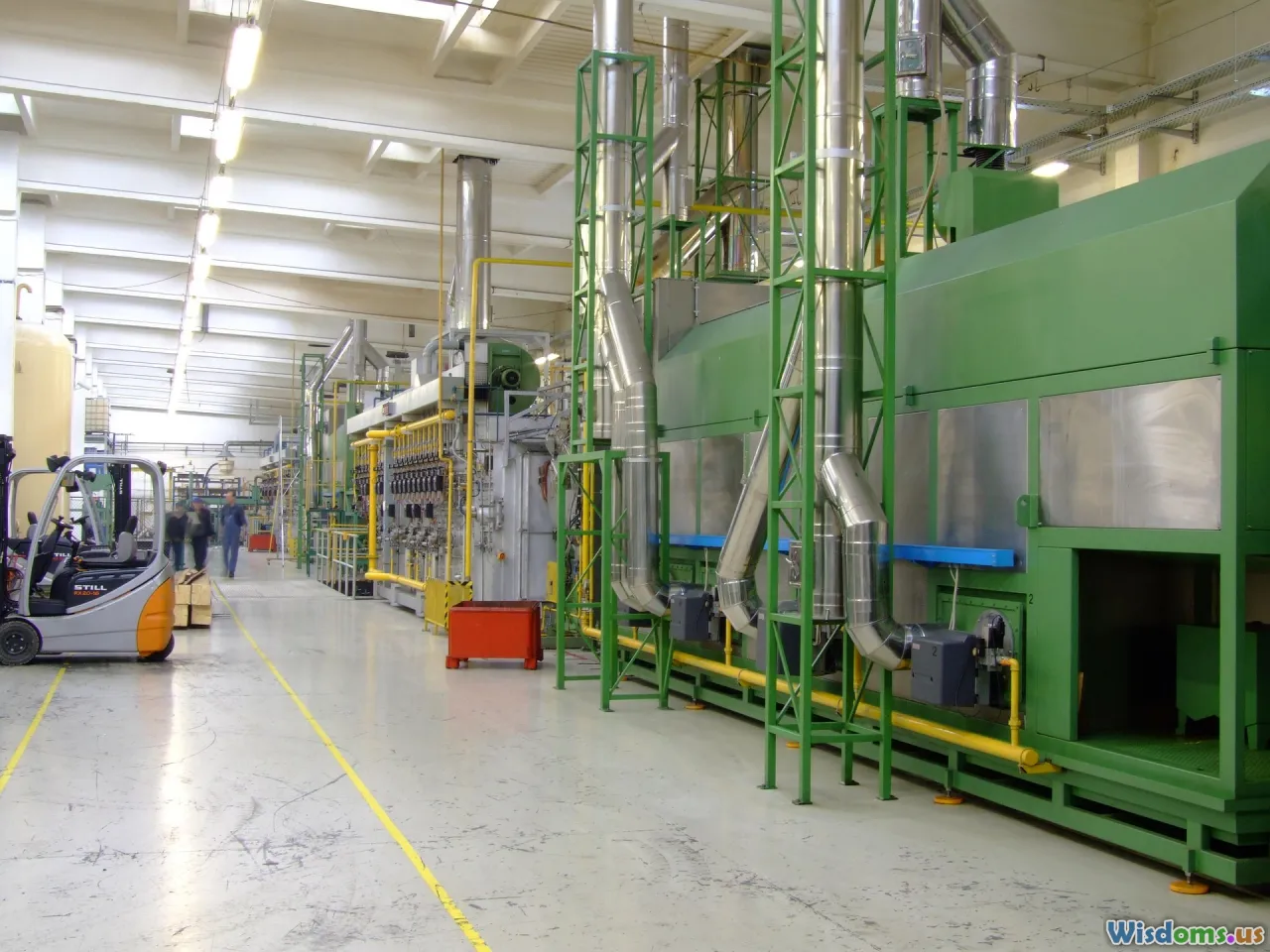
Global dependence on a handful of pharmaceutical giants made dose allocation a zero-sum game. During COVID-19, just three companies—Pfizer-BioNTech, AstraZeneca, and Moderna—dominated global exportable supply.
To improve equity, local manufacturing hubs are emerging:
Africa:
- As of 2023, Africa produced less than 1% of all vaccines it needed. In response, new facilities have sprung up in South Africa, Egypt, and Senegal, targeting not just COVID-19, but also mRNA and routine childhood vaccines.
- The World Health Organization launched the mRNA Tech Transfer Hub in Cape Town. Afrigen, a local biotech firm, successfully replicated Moderna's formulation using only published information, kickstarting a knowledge-sharing wave. Once fully operational, these hubs could supply not only local needs but potentially other regions facing shortages.
India’s Pivotal Role:
- The Serum Institute of India emerged as the world’s largest vaccine supplier during the pandemic—not just for COVID-19, but also measles, diphtheria, and more. Their ability to pivot to new vaccines showcases the power of scaling established pharmacological manufacturing.
China and Russia:
- Offered their own vaccines (Sinovac, SinoPharm, Sputnik V) to the Global South, sometimes filling supply gaps left by Western producers.
Takeaway: Scaling distributed global manufacturing—accompanied by technology transfer, training, and IP flexibility—can transform future distribution, breaking the cycle of dependent importation.
Intellectual Property (IP): Barrier or Bridge?
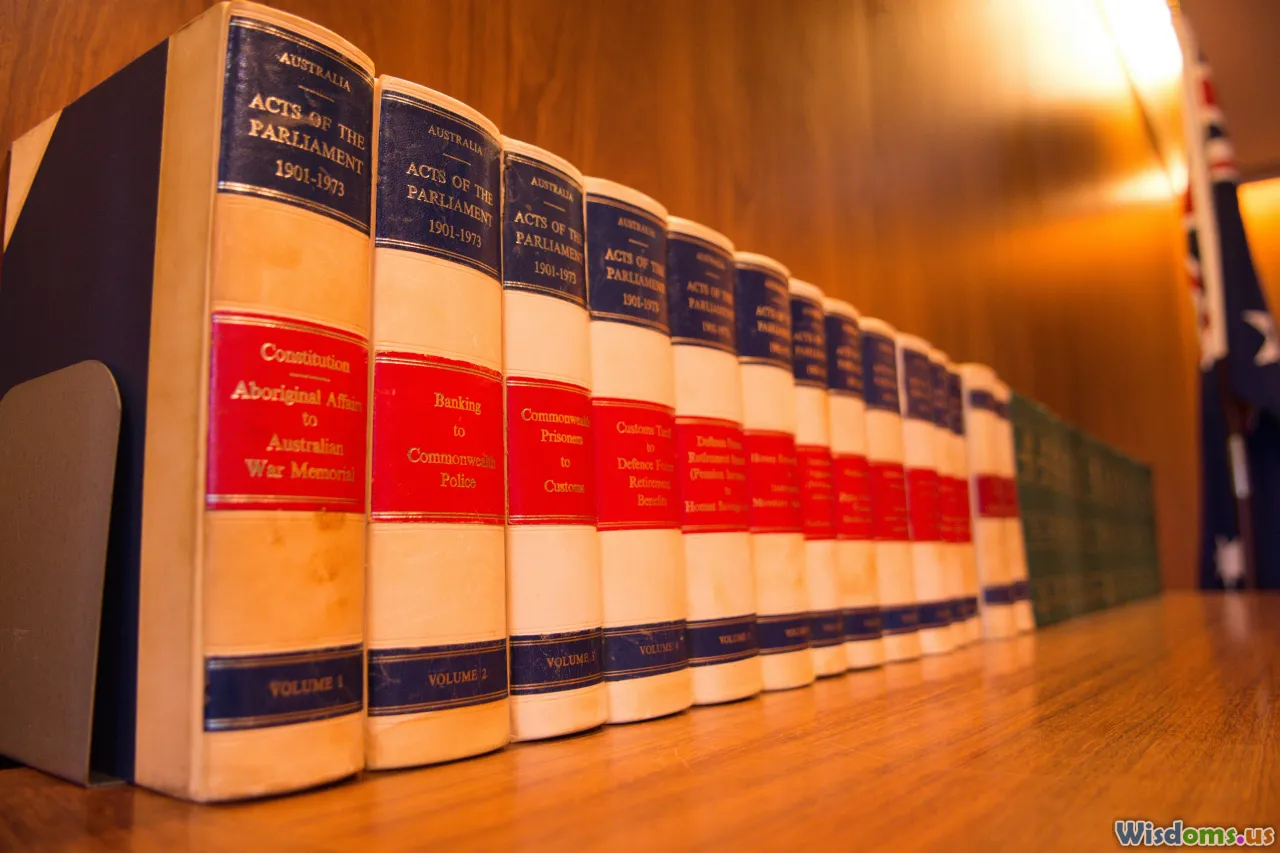
Intellectual property rights serve to incentivize pharmaceutical innovation, but they can also impose cruel realities during global crises. Patent protection can limit who can manufacture lifesaving doses, restricting supplies in the places that need them most.
A Clash During COVID-19:
- India and South Africa proposed a temporary waiver of COVID-19 vaccine and treatment patents at the World Trade Organization in 2020. The proposal garnered support from more than 100 developed and developing nations but met stiff resistance from major pharmaceutical companies and some high-income countries.
Arguments For IP Suspension:
- Temporarily lifting protection could have enabled more manufacturers in the Global South to produce needed doses rapidly.
- Proponents argue this would pressure companies to enter voluntary licensing agreements and collaborate with other nations to boost supply.
Arguments Against:
- Pharma firms argue IP protections are crucial to foster future breakthroughs—and that the technical complexity of manufacturing, more than patents, was the rate-limiting step.
- Some point out other barriers, such as ingredient shortages and regulatory framework gaps, would persist regardless of IP conditions.
Ultimately, potential solutions could lie between both extremes: encouraging voluntary licensing, sharing know-how, and deploying incentives to foster public-private collaboration.
Logistics: The Last-Mile Challenge
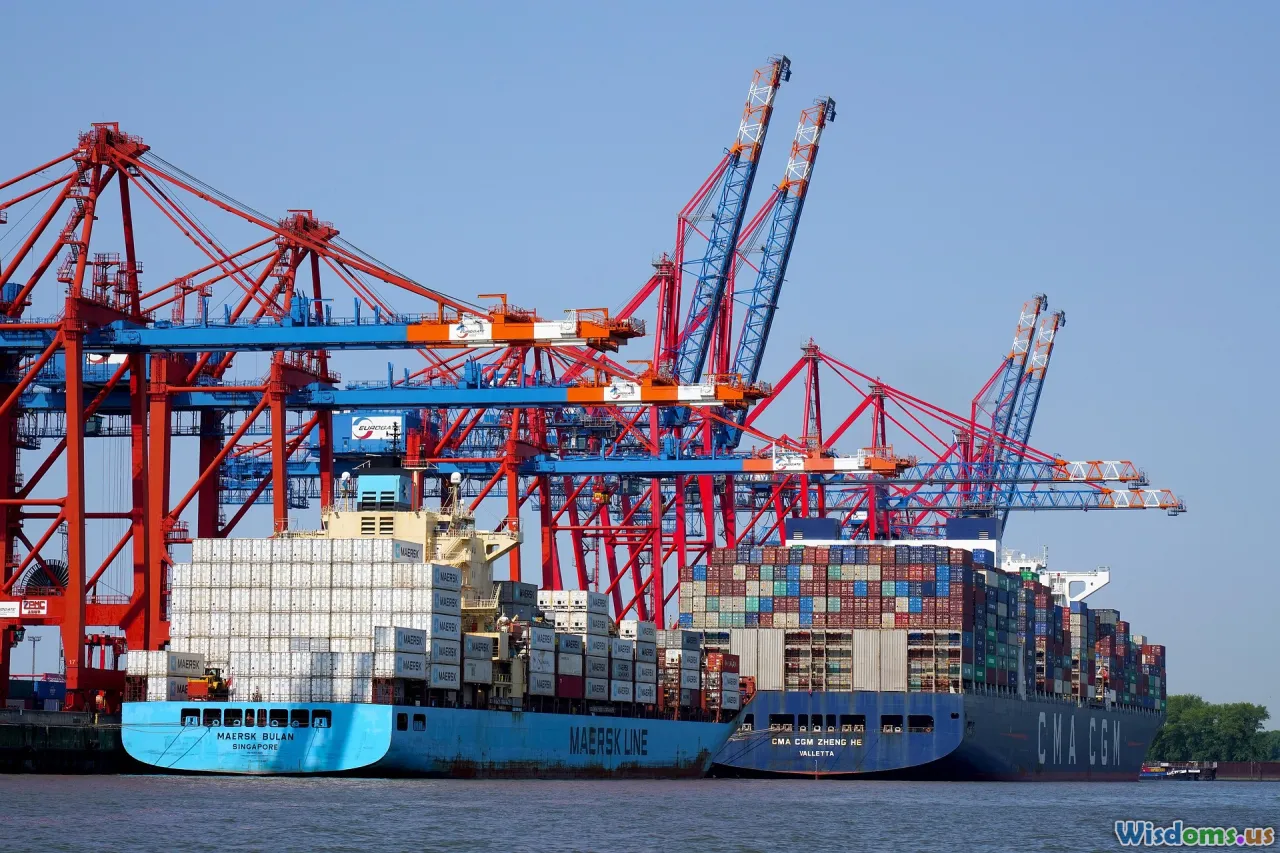
Producing and shipping vaccine doses is only the first step—their safe arrival at remote clinics and timely administration to individuals can be nearly as difficult. The 'last mile' has historically been a significant pinch point, especially in geographically dispersed, infrastructure-poor, or conflict-torn regions.
Successful Approaches:
- Drones in Ghana and Rwanda: Delivery start-ups like Zipline used autonomous drones to fly vaccines (and other medical supplies) over impassable roads, eliminating hours—or days—of travel. Between 2019 and 2022, Rwanda and Ghana carried out more than one million deliveries this way.
- Solar-powered refrigeration: Programs in Ethiopia and India deployed robust, low-cost solar fridges, preserving temperature-sensitive vaccines without reliable electrical grids.
- Community Health Workers (CHWs): Local health workers, often women, trek for days to remote villages where conventional care infrastructure is sparse. Training, equipping, and paying CHWs can multiply doses delivered—and do much more to ensure uptake.
Obstacles Still Ahead:
- Political instability, conflict, or natural disasters (e.g., in Sudan or Yemen) can halt distribution entirely, no matter how well-designed the plan.
- Urban slums, with dense populations and limited official records, complicate both logistics and tracking.
Engaging Communities: Combating Hesitancy and Building Trust
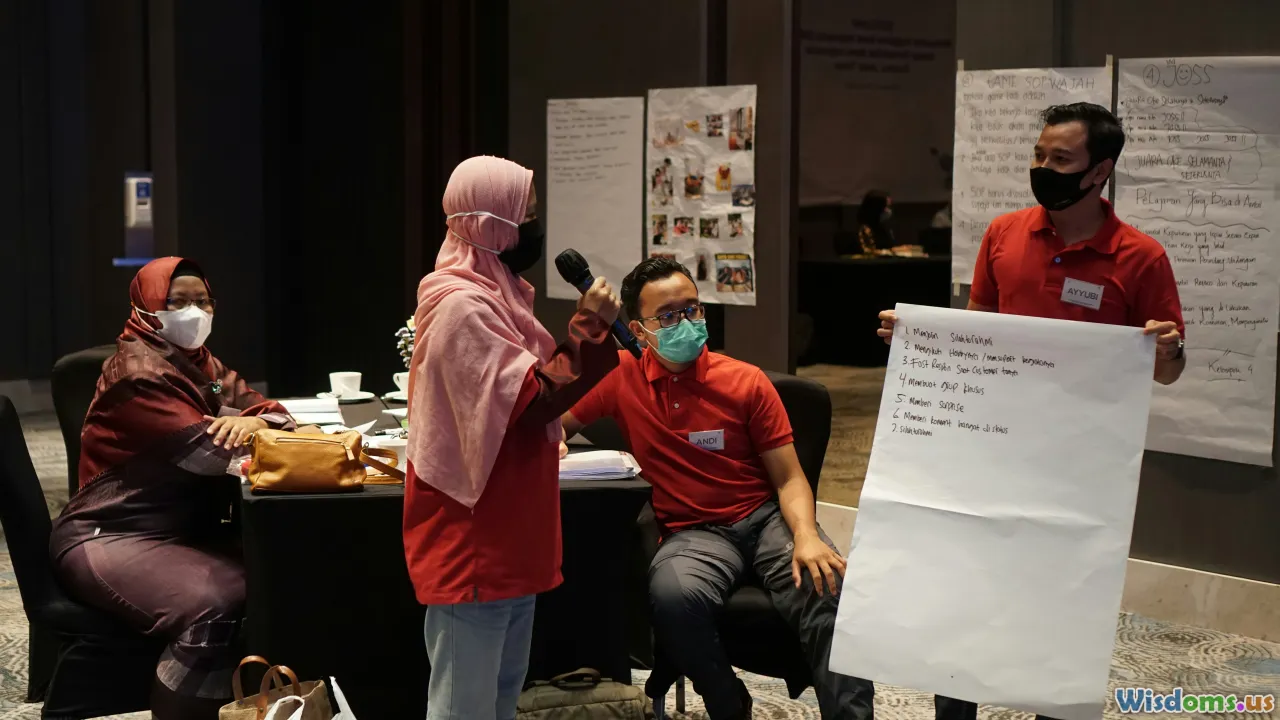
Supply alone does not guarantee uptake. Community-specific skepticism, fueled by misinformation, distrust of authorities, or cultural beliefs, can suppress vaccine coverage.
Country Examples:
- Nigeria: A robust polio vaccine campaign succeeded only after addressing local fears through partnerships with religious and tribal leaders and employing local languages in education efforts.
- Papua New Guinea: Myths about COVID-19 vaccines swirled on social media. Engagement led by respected local health professionals, combined with mobile clinics, increased acceptance.
- France, US, and Japan: Vaccine hesitancy is not confined to the Global South; well-resourced countries have also seen significant initial public resistance, underscoring the universality of trust issues.
Actionable Strategies:
- Regular dialogue with trusted figures (community elders, faith leaders).
- Tailoring messaging to local realities; addressing pointed misconceptions instead of generic campaigns.
- Partnering with schools and local media to improve overall vaccine literacy.
New Funding Models and Political Will: Who Pays and How?

Delivering equitable vaccine access means sustained, predictable funding—not just surge spending during crises. Historically, development banks, private foundations (like Bill & Melinda Gates Foundation), and pooled public funding have layered resources with varying degrees of coordination.
Promising Funding Approaches:
- Advance Market Commitments (AMCs): Used in GAVI-supported pneumococcal vaccine rollouts, AMCs guarantee future purchase at set prices, encouraging manufacturers to invest in ramping up supply earlier.
- Innovative Taxation: UNITAID’s airline ticket levy pools micro-fees from global travelers to fund HIV, malaria, and tuberculosis treatments worldwide—offering a blueprint for globally distributed risk and responsibility.
- Blended Finance Models: Private sector capital is matched with public development aid to de-risk investments in vaccine infrastructure, stretching each dollar and incentivizing innovation.
Political Realities: Sustaining these models requires visible success, ongoing advocacy, and critically, a recalibration of global health security as a shared—not fragmented—interest.
Technology and Data: Paving the Future for Accountability
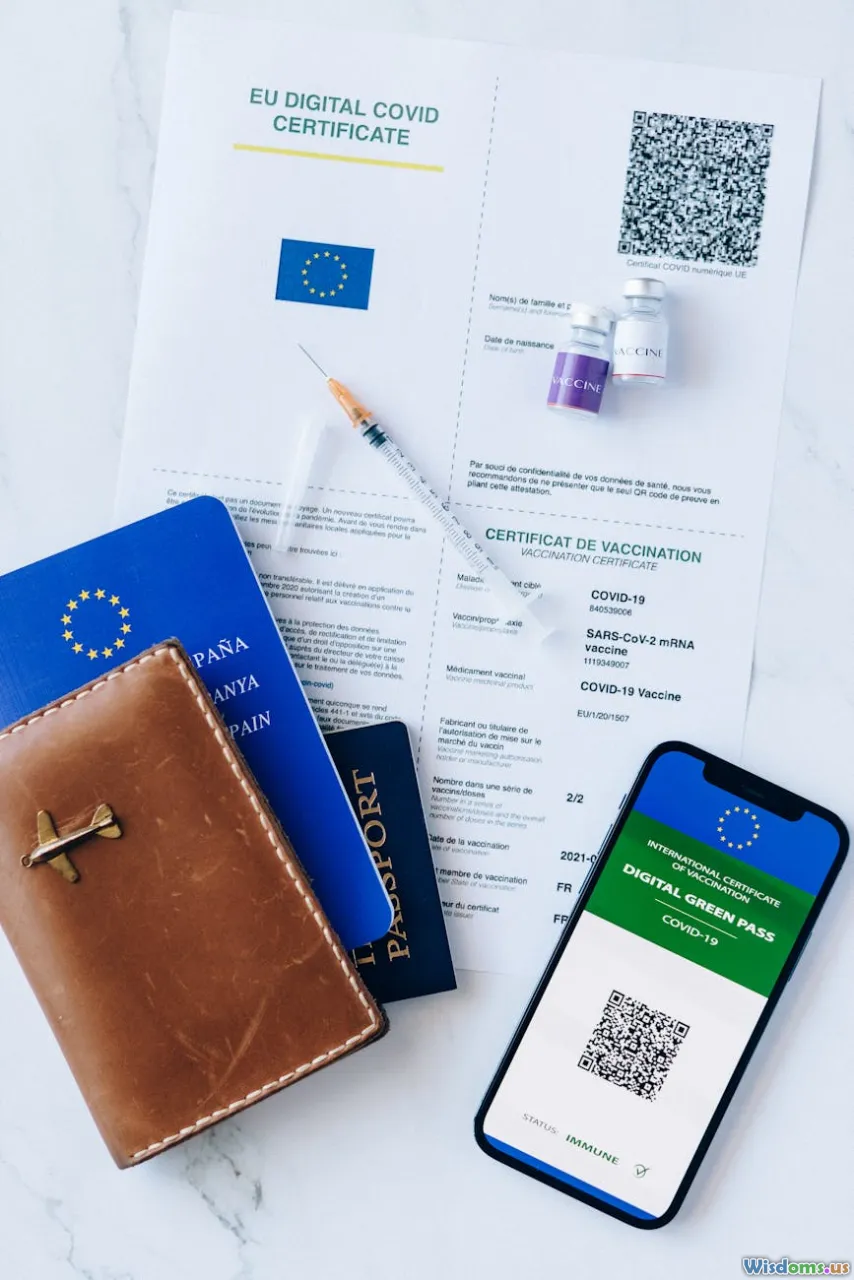
Modern technology is poised to accelerate equitable distribution by improving transparency, efficiency, and responsiveness:
Digital Vaccine Passes and Tracking:
- In India, the CoWIN platform tracked every vaccine administered—location, time, and recipient—enabling targeted delivery and reducing waste.
- GAVI’s INFUSE platform fast-tracks innovations, from mobile cold chain monitoring to real-time demand forecasting.
Blockchain for Traceability:
- Securely records distribution chain data, helping prevent theft or corruption—a significant concern as higher-value vaccines move through disparate global networks.
Big Data for Targeting:
- Real-time analytics can identify underserved populations, outbreaks, and emerging hesitancy, supercharging rapid, targeted responses.
Making Equity a Standard, Not an Exception

For equitable vaccine distribution to truly become the norm, not the rare exception, stakeholders must recalibrate priorities and mindsets:
- Normalize South-South Collaboration: Regional coalitions (like the African Vaccine Manufacturing Initiative) ensure expertise and supply are homegrown—and less vulnerable to distant policy shifts.
- Embed Accountability: Real-time transparency tools for supply, delivery, and funding must become part of every global health intervention, with penalties for diversion or corruption.
- Treat Vaccines as Global Public Goods: Shifting policy and funding discourse from charity toward investment frames access as core to global economic and security stability.
- Empower Local Leadership: Programs designed—or at a minimum, customized—by local public health authorities, with targeted training and resource flows, produce more resilient systems.
As geopolitical tensions rise, disease threats multiply, and populations mobilize ever more rapidly, the cost of inaction—of treating equity as optional—becomes intolerable, both morally and practically.
Ultimately, bridging the divide in global vaccine distribution is both an urgent mission and an achievable one. With sustained dedication to equity, technological transformation, and political courage, this decade could finally be the turning point that ensures lifesaving vaccines reach everyone, everywhere.
Rate the Post
User Reviews
Popular Posts











